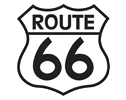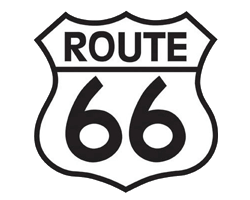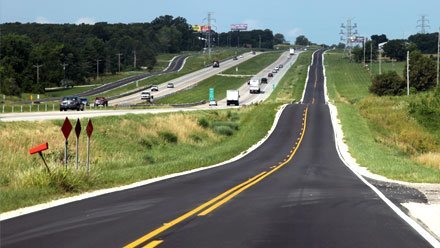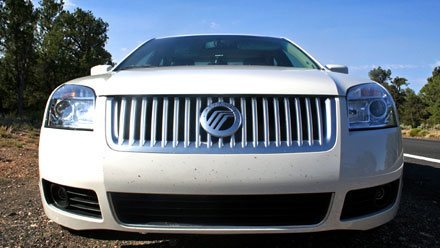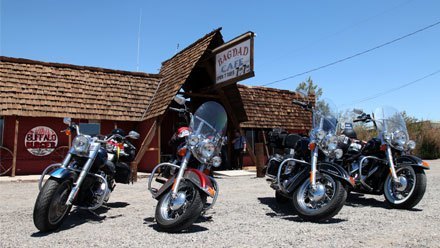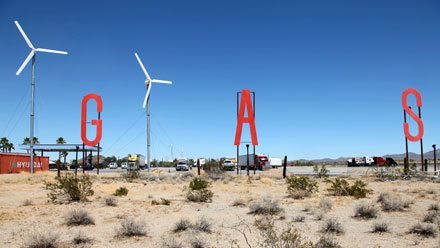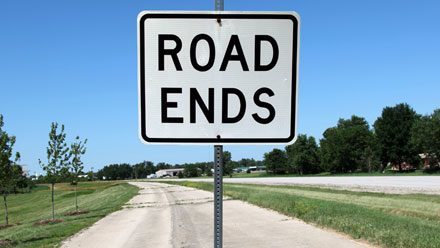Driving in the United States
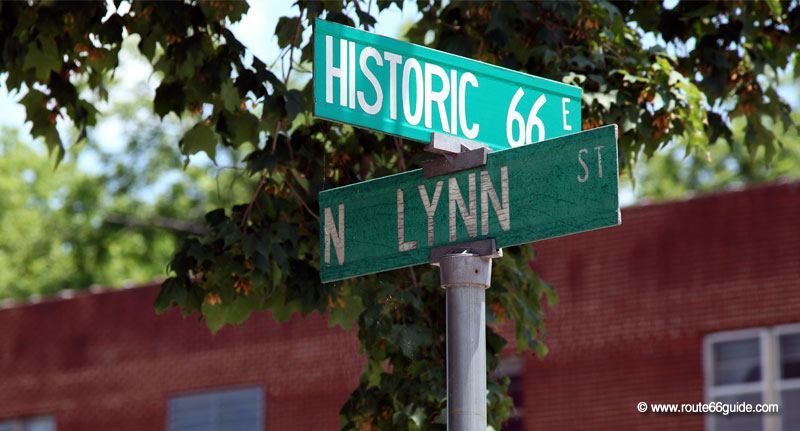
In general, it is really easy for an European visitor - let alone a Canadian one - to move around and drive in the United States. Most signs are identical, starting with right-hand driving, while the network, wide and well maintained, makes driving very comfortable. Still, a few key differences must be recalled (see below).
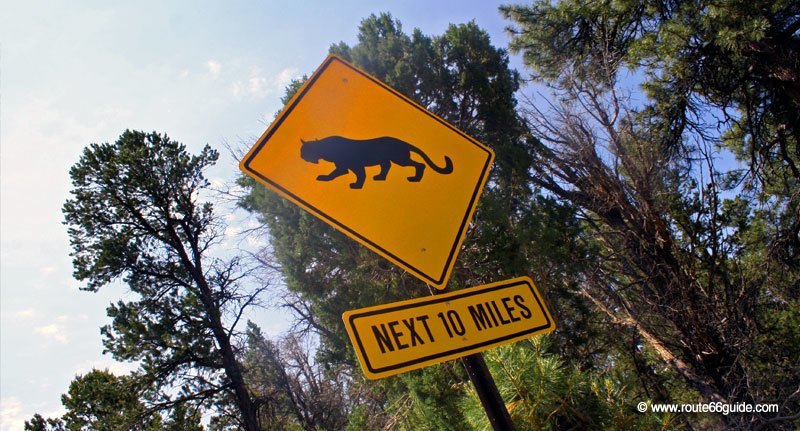
Remember that, in the United States, each state enacts its own laws, particularly with regard to traffic (regulation of speed, drunk driving, mobile phone, etc.). The American judicial system is strict. In addition, victims file civil lawsuits almost systematically and compensations figures can be downright insane. Many lawyers specialize in civil litigation of speeders and pick up their customers through huge billboards planted here and there along the highways, promising to waive their fees on favorable court rulings.
Never ride without insurance and adhere to the rules. Here, the slightest contact can wreck a life...
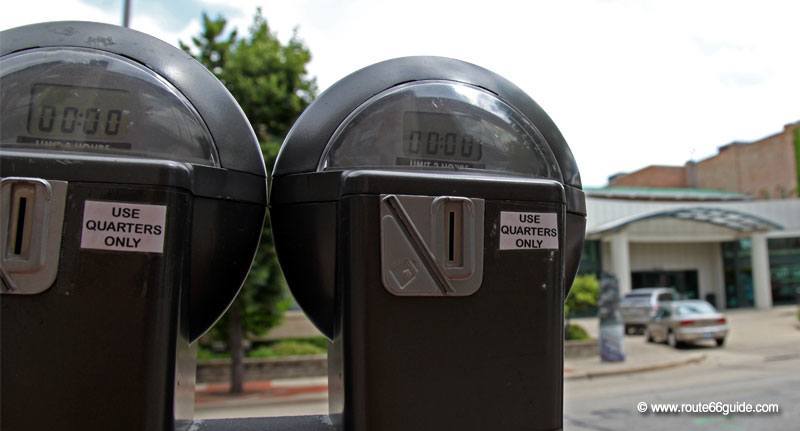
Crossroads: first come, first served
At intersections without traffic lights, vehicles generally must yield under a simple rule: first come, first served.
Vehicles must heed STOP signs on the ground and on panels. We should not slow down-and-go but make it a full stop. If several vehicles wait at the same time, put your brain on overdrive and remember the order of arrival of each one not to step on anybody's toes. You can also get by with a smile and a nod...
The first come, first served rule also applies instinctively when traffic lights fail.
Turning right at traffic lights
A right turn is generally allowed on a red light provided you give way to other vehicles and crossing pedestrians. Exception: the "right turn" is specifically prohibited. In such case, a panel clearly indicates "no right turn on red".
U-turns on double-lane roads
In most locations throughout the United States, major roads are divided in double -or triple, quadruple, etc.- one way lanes. To reach the shops located on the other side of the road, along which traffic flows in the opposite direction, you should make a U-turn.
U-turns take place on an asphalt area marked to that end and built in the middle of two lanes at regular intervals. Attention, drivers use them coming from both directions so slow down sharply before entering the U-turn space. Moreover, as the pre-selection is made on the passing lane to the left, your first U-turn may be quite stressful at first.
Once stopped in the middle of the lanes, we must give priority to incoming traffic - on 4 or 5 lane roads, this can take a while - before re-entering the traffic flow on the other side, once again on the left, passing lane. A delicate maneuver to carry out with extreme caution.
U-turns are prohibited if a "No U-turn" sign so indicates - arrow in a crossed semicircle.
Speed limits
Speed limits vary across states -and counties or towns at times. As a rule of thumb, consider between 55 mph (90 km/h) and 75 mph (120 km/h) on most major roads and between 55 (88 km/h) and 65 mph (100 km/h) on secondary networks - including most segments of Route 66.
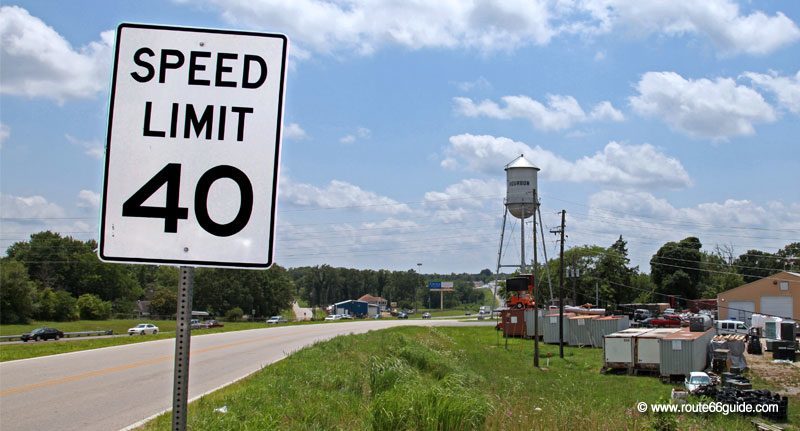
When approaching a city or an intersection, you must reduce your speed. Yellow speed limit panels prepare you to slow down in a few miles. The speed reduction is thus gradual: 55 mph as you hit the city, then 45, and generally 35 mph downtown (about 55 km / h). Pay particular attention to school zones (see below).
Passing other vehicles
On roads equipped with double lanes, slow moving vehicles stay on the right and the left lane is reserved for overtaking. Well, at least that's what theory says. In practice, any road where overtaking is allowed is a good option. Distrust therefore any complaints.
On roads equipped with 3 or more lanes, the right lane is generally used by trucks and vehicles entering and leaving the highway, the center for regular traffic, and the left lane for overtaking.
Around major cities, the leftmost lane can also be considered the carpool lane - vehicles carrying two or more people (see below) - in heavy traffic conditions.
Carpool lanes
The largest cities in the United States offer carpool lanes on their ring or peripheral highways.
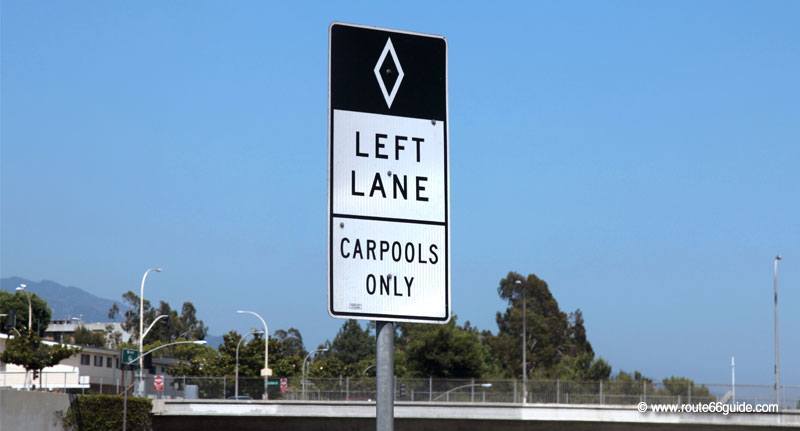
During peak hours - usually in the morning and in the evening as businesses open and close - carpool lanes are exclusively reserved for cars carrying two or more passengers. Sometimes three. Carpools usually take up the leftmost lane - just one as a rule. Signs also indicate the carpool time limits.
Although some locals use carpool lanes as regular passing lanes, I'd strongly advise against it - you're seriously risking a ticket.
School crossings
In residential areas (but sometimes also in the middle of nowhere), pay attention to school zones. They indicate the proximity of a school hence the speed is drastically reduced as students enter and leave the school. Schedules are indicated by flashing orange lights. If on, the vehicle cannot move past 25 mph (40 km/h) over a shorter distance - typically a few tens of meters. On occasions, speed in these specific areas is limited to 15 mph (25 km/h).
You will quickly notice that everyone scrupulously observes the school speed limit; it is not uncommon for the local sheriff to monitor motorists during school hours. Pay also special attention to frequently stopping school buses (below).
School bus
Orange-yellow American school buses pick up and transport school students and more generally, children, including during school outings.
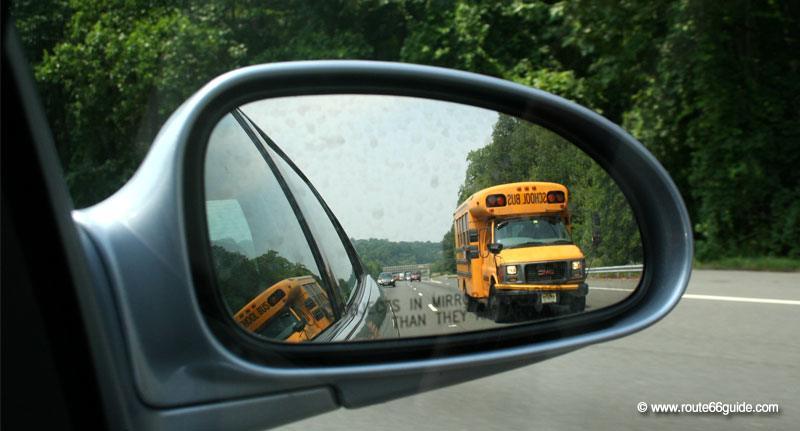
Once again (see above: school crossings), students are particularly protected by U.S. law and motorists should be extremely careful: as the school bus stops and lights start flashing, all vehicles in both directions (i.e. including incoming traffic ) must stop and wait until all students exit and the bus restarts.
It might happen that the sheriff is on watch, sometimes partly concealed, as overlooking this golden rule is regarded as a serious breach of the U.S. highway code.
Pedestrians
If not protected by traffic lights, pedestrians have priority as they enter a crosswalk.
Drinking and driving
Blood-alcohol limits vary across states and are close to European limits. If in doubt, inquiry with locals, tourist offices, the sheriff or a bartender (!). Alternatively, refrain from drinking if you take the wheel; it is by far the best way to avoid unpleasant surprises!
In case of arrest or police control
If a police officer beckons you to stop, stop the vehicle as soon as possible on the side of the road.
You should NEVER get out of the car. Wait until the officer approaches the driver's side window while keeping your hands visible, necessarily placed on the steering wheel.
Make no sudden movements as it could be considered suspicious. Offer your license and registration information only upon the officer's request. Always remember to keep them at hand - in the glove compartment for example.
Emergency vehicles
In most states, it is mandatory to change lanes if an emergency vehicle is stopped on the emergency lane. At times, speed must be reduced as well.
Work zones
Speed is always reduced in construction areas, even on weekends or holidays when highway workers are off.
Highway workers exercise a dangerous profession hence are drastically protected by strict laws which provide, for example in Illinois, 15 years in prison for an accidents involving highway workers. Speeding tickets in these work zones double or triple the regular ones.
Seat belt
It is compulsory for drivers, sometimes also for passengers riding in the back. On the other hand, your insurance may require all passengers to buckle up as well. In any case, always take this little precaution that saves lives.
Mobile phone
An increasing number of states prohibit talking on the phone without a hands-free kit.
Hitchhiking
It is often prohibited - and still quite unpopular - to do so but also to pick up hitchhikers. Particular attention is required nearby prisons, which are duly signaled on the roadside (several gigantic prisons are located in the vicinity of Route 66). Signals indicate the absolute prohibition of stopping and picking up passengers walking along the road. It sends a shiver down your spine (precisely the idea). Thus, we plan our route hoping not to end up with a flat tire...
